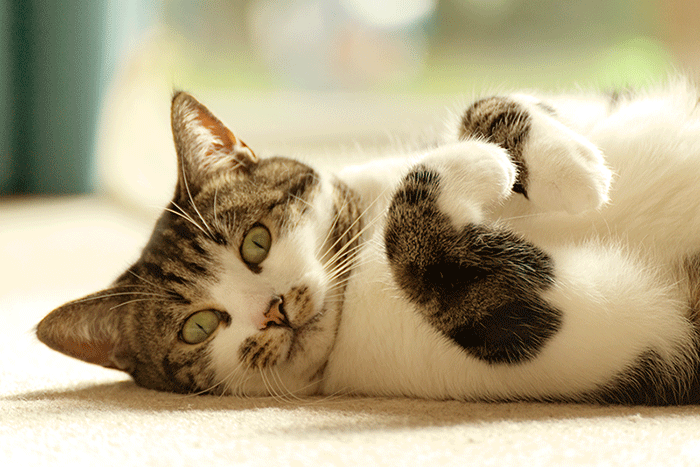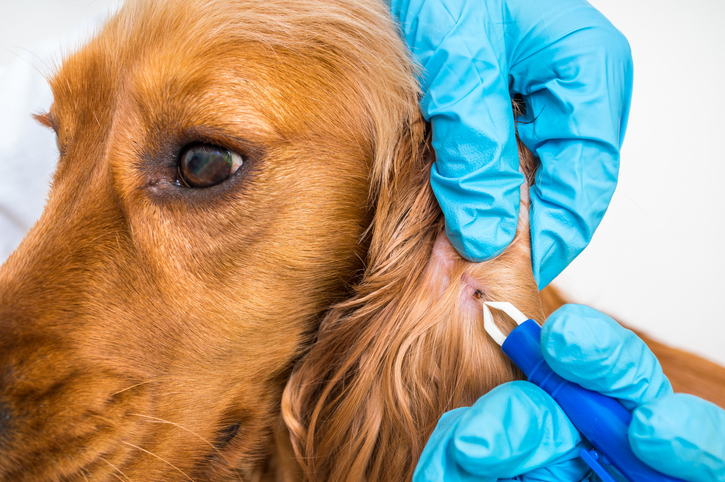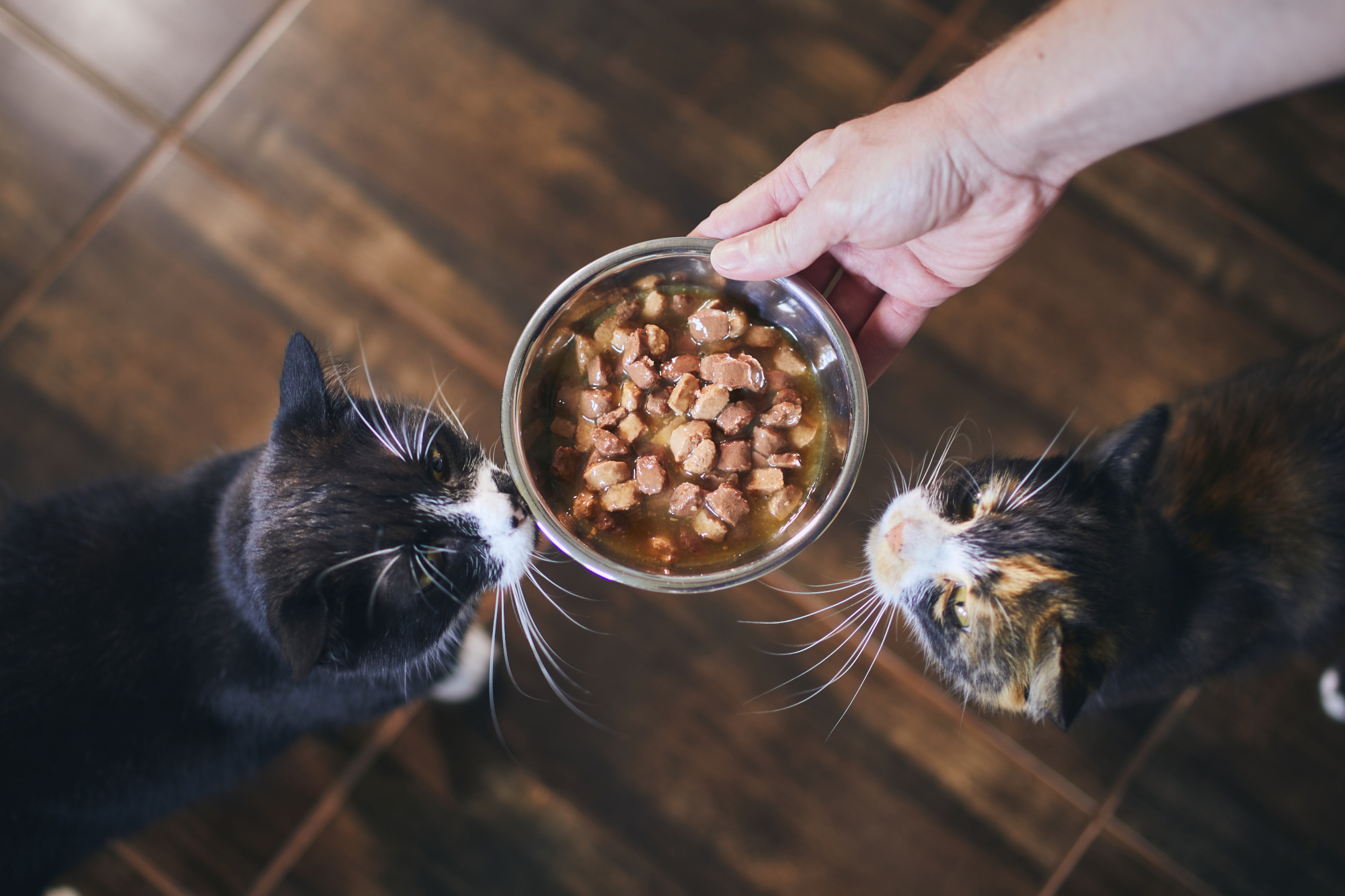Good cat dental care means monitoring your pet’s oral health by taking him or her in for regular checkups—and treatment if needed—by a veterinarian experienced in dental care. A healthy set of teeth not only keeps your cat from suffering the pain of dental and gum problems, but also helps ensure their overall health.
Cat owners sometimes overlook dental care because their kitties are so good at hiding their discomfort and pain, which are the usual signs of trouble. If you have a cat, stay alert for all the signs of oral problems and make sure a professional annual inspection of their teeth and gums takes place.
Signs of Feline Dental Problems and Gum Disease
Problems can develop between your cat’s regular checkups and you should be on the lookout for these signs:
- Bad breath
- An unusual amount of drooling
- Swollen and/or red gums
- Bleeding gums
- A receding gum line
- Loss of appetite or a reluctance to eat crunchy food
- Weight loss
Make an appointment with their dental veterinarian right away if you notice these symptoms rather than wait until their next scheduled checkup.
Good Dental Care is Very Important
Veterinarians who inspect the teeth and gums of cat patients often find tartar buildup, cavities, orthodontic abnormalities, fractured teeth, and gum inflammation or painful lesions.
- Unhealthy teeth and gums cause pain.
- Infections and inflammation can lead to problems that cause teeth to loosen and eventually fall out.
- Bacteria in gum disease can be transported to other parts of the body and lead to damage in important organs such as the heart, liver, and kidneys.
Teeth and gum problems require immediate attention. There are usually treatment options and preventative solutions to minimize dental diseases such as providing an appropriate diet, regularly brushing the cat’s teeth, and treating an underlying condition if it’s present.
Veterinarians Can Spot and Provide Early Treatment for Dental Diseases
These common dental diseases can be treated successfully, and the earlier the better:
- Periodontal Disease – This gum disease begins with untreated plaque that leads to tartar and gum inflammation. Regular dental cleaning, regular teeth brushing, and an appropriate diet will help to prevent and minimize the problem.
- Gingivitis – This gum inflammation can affect one or all the teeth and causes the bones and ligaments that support the teeth to deteriorate. If left alone for too long, gingivitis can lead to more problems such as periodontal disease, cavities, and great discomfort. Once again, dental cleaning is needed.
- Feline Odontoclastic Resorptive Lesions (FORL) – The pitting of the tooth/teeth can begin and actually go on until the tooth is eroded away right down to the pulp. Evaluation by a veterinarian can help determine treatment options. Extraction or a root canal can be used for severe cases.
- Endodontal Disease – This dental problem involves the inflammation of the tooth pulp, which can be reversible or irreversible, at which point, it causes extreme pain. For reversible, the cause of the inflammation is removed; for irreversible, the treatment is an extraction or root canal.
Regular cat dental care is an essential part of the healthcare you provide for your pet. By ensuring they have a healthy mouth, your cat will be free from pain and suffering and have a better and happier quality of life.
Creative Commons Attribution: Permission is granted to repost this article in its entirety with credit to Hastings Veterinary Hospital and a clickable link back to this page.
Image Credit: Pixabay






